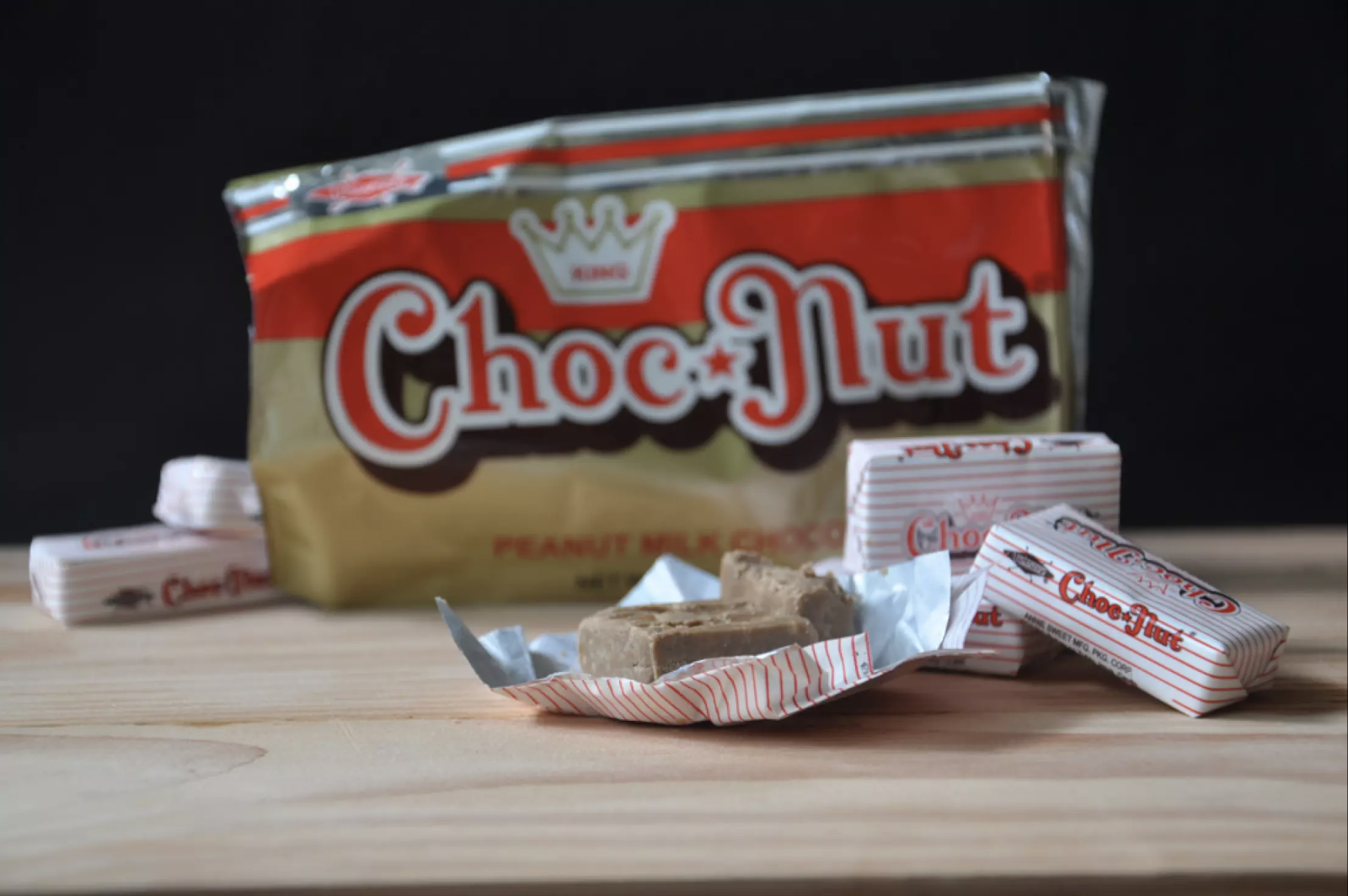How to Make your Brand Stand Out
Being a newbie in any industry is tough, most especially in the cutthroat world of food and bever-ag...

October 29, 2021
How did everybody’s favorite Choc Nut come about? And how it has evolved over the years. Choc nut spread!
Some flavors are obviously and distinctly Filipino—ube (purple yam), macapuno (coconut
sport), kansi (that savory-sour soup with beef shanks, tamarind, and unripe jackfruit). You
wouldn’t think that chocolate and peanuts, perhaps two of the most common dessert
ingredients, would be uniquely Filipino, but if you’ve ever tasted a brick of Choc Nut, then you would know how Filipinos figured out a way to make this usual combination their own.
Choc Nut tastes like nothing else in the world—except maybe for its few rivals, all of which are also local. Choc Nut (and its copycats) is a small candy bar roughly the length of a thumb. Made with crushed roasted peanuts, cane sugar, milk powder, cocoa powder, and vanilla, it’s very sweet, a bit nutty, with a characteristically crumbly texture that easily falls apart if you’re unwrapping your first Choc Nut.
While other highly successful local chocolate companies have been acquired by foreign owners, Choc Nut remains Filipino and continues to brandish the Philippine flag everywhere it’s sold around the world. Where did this tiny candy bar come from and how does it manage to be just as loved now as it was through the years?
First of all, Choc Nut is actually named King Choc Nut—though most Choc Nut lovers probably don’t stare at the familiar red-and-white-striped wrapper long enough to notice. While it has remained at the top of the chocolate-peanut candies hierarchy through the years, its owners have remained elusive and so has its history.
A well-known fact, however, is that Choc Nut’s popularity began in the ‘70s and continued well into the ‘80s. It was produced and distributed by a Malabon-based company called New Unity Sweets Manufacturing Corporation. In 2013, Choc Nut was acquired by Cavite-based Annie’s Sweet Manufacturing and Packaging Corporation. Ironically, Annie’s is known for producing Choc Nut’s biggest rival, Hany, which is a tad sweeter and also more compact.
After years of being sustained by the classic Choc Nut bricks, Choc Nut, under Dairy
Technologies Corporation, released its very first Choc Nut spread in 2018. Coming in essentially a spreadable version of the candy, it was the first official Choc Nut byproduct after years of chefs and bakers coming up with their own Choc Nut-based desserts and drinks. Three years later, Dairy Technologies Corporation followed it up with a premium dark chocolate flavor. It’s the perfect answer for those who find the original recipe on the more sugary side.
There’s something intriguing about Choc Nut’s mysteriously furtive history, but it’s the least of everyone’s concern. As long as Choc Nut continues to stay on shelves and continues to create new products for its fans to stay hooked on, we’re looking forward to them.
Check out these food fusions between Filipino and Middle Eastern cuisines
The unending quest for healthy and sustainable food amid changing lifestyles
A quick look at the Philippine food staple often getting a bad health rap